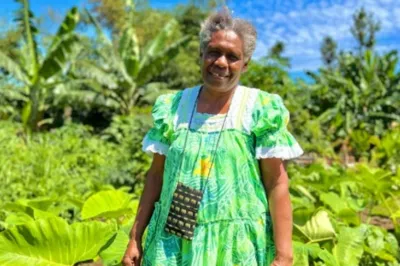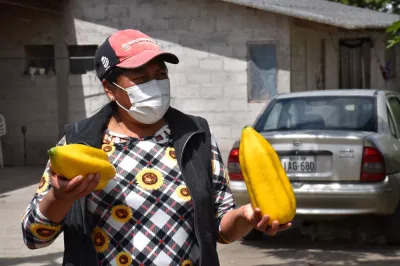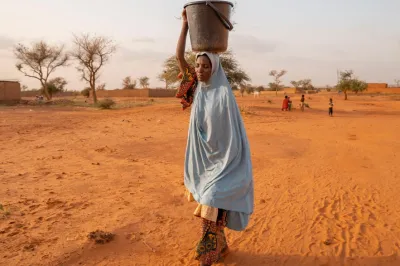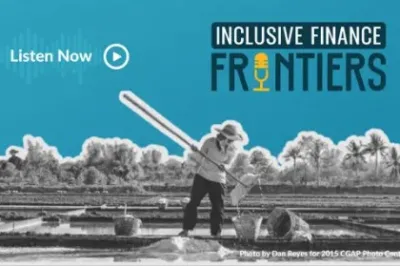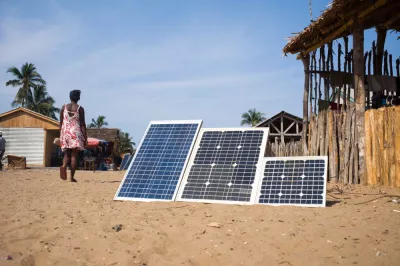Climate change and environmental degradation affect low-income populations in developing countries disproportionately. What can the financial inclusion sector do about this worrying trend? As the issue of climate change takes on ever greater urgency, more work is being done to identify how financial service providers and other sector support organizations can help people build resilience to the harmful effects of climate change, adapt to shifting economic landscapes and transition to low-carbon economies.
This FinDev Editor's Collection provides you with a guide to navigating the wide range of knowledge resources available on this crucial and growing area of research and action.
Climate and Environment | Energy | Disasters and Conflict | Insurance
Investing in Climate Resilience and Adaptation
Impact investors are increasingly adopting strategies to address the impacts of climate change and ensure that their investments meet certain environmental criteria. While climate funding in general has grown exponentially over the past ten years, very little has been directed towards climate adaptation and resilience for the most vulnerable populations. The financial inclusion sector, with its direct connection to the people most affected by climate change, can provide an entry point for investors to help close this gap. However, there is still much to learn on how investments can be most effective. For example, what should the role of private versus public funders be? What kind of metrics are needed to determine the effectiveness of funding for climate adaptation and resilience? And a relatively new area of research being explored by institutions such as the CIFAR Alliance, BFA Global and CGAP, is the inclusiveness of carbon markets and how targeted investments could help bring their benefits to low-income households and communities.
This collaborative report shares new research that highlights the commercial impetus to accelerate a wave of green investment into emerging markets.
This publication documents the update process and presents the new Green Index 3.0, its standards and indicators as well as its scoring system and potential uses.
Additional Resources on Investing in Climate Resilience and Adaptation
- Financial Inclusion: An Entry Point to Climate Adaptation for Funders (CGAP Blog, May 2023)
- Incorporating Environmental Criteria in Social Performance Management Standards (FinDev Blog, Apr 2023)
- Private Asset Impact Fund Report 2022 (Report, Tameo Impact Fund Solutions, Dec 2022)
- Impact Finance Barometer 2022: How Resilient is Impact Finance to Exogenous Shocks? (Report, Convergences, Sep 2022)
- Investing in Financial Inclusion for Climate Resilience and Adaptation: The Role of Islamic Financial Services (Paper, ODI & Islamic Relief, May 2019)
- Microfinance for Climate Adaptation: From Readiness to Resilience (Paper, Climate Investment Funds, Nov 2018)



